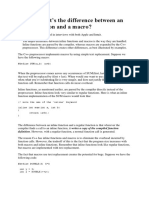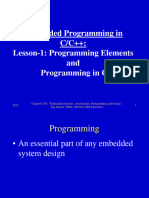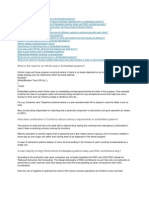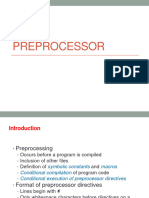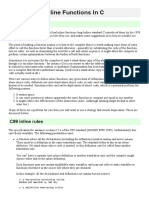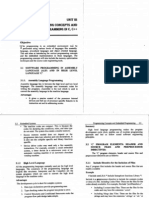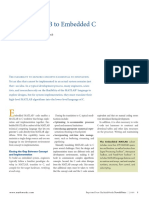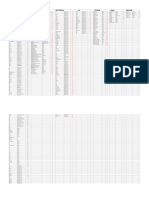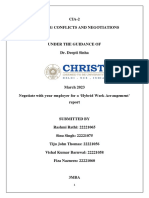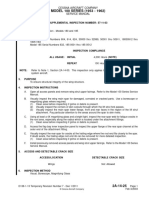0% found this document useful (0 votes)
16 views26 pagesInline Functions Vs Macros in Embedded C
This document compares inline functions and macros in embedded C programming, highlighting their differences in type safety, debugging, and performance. Inline functions are preferred for their safety and maintainability, while macros are useful for constants and conditional compilation. Best practices are provided to guide developers in making informed choices between the two approaches.
Uploaded by
indu241285Copyright
© © All Rights Reserved
We take content rights seriously. If you suspect this is your content, claim it here.
Available Formats
Download as PDF, TXT or read online on Scribd
0% found this document useful (0 votes)
16 views26 pagesInline Functions Vs Macros in Embedded C
This document compares inline functions and macros in embedded C programming, highlighting their differences in type safety, debugging, and performance. Inline functions are preferred for their safety and maintainability, while macros are useful for constants and conditional compilation. Best practices are provided to guide developers in making informed choices between the two approaches.
Uploaded by
indu241285Copyright
© © All Rights Reserved
We take content rights seriously. If you suspect this is your content, claim it here.
Available Formats
Download as PDF, TXT or read online on Scribd
/ 26
